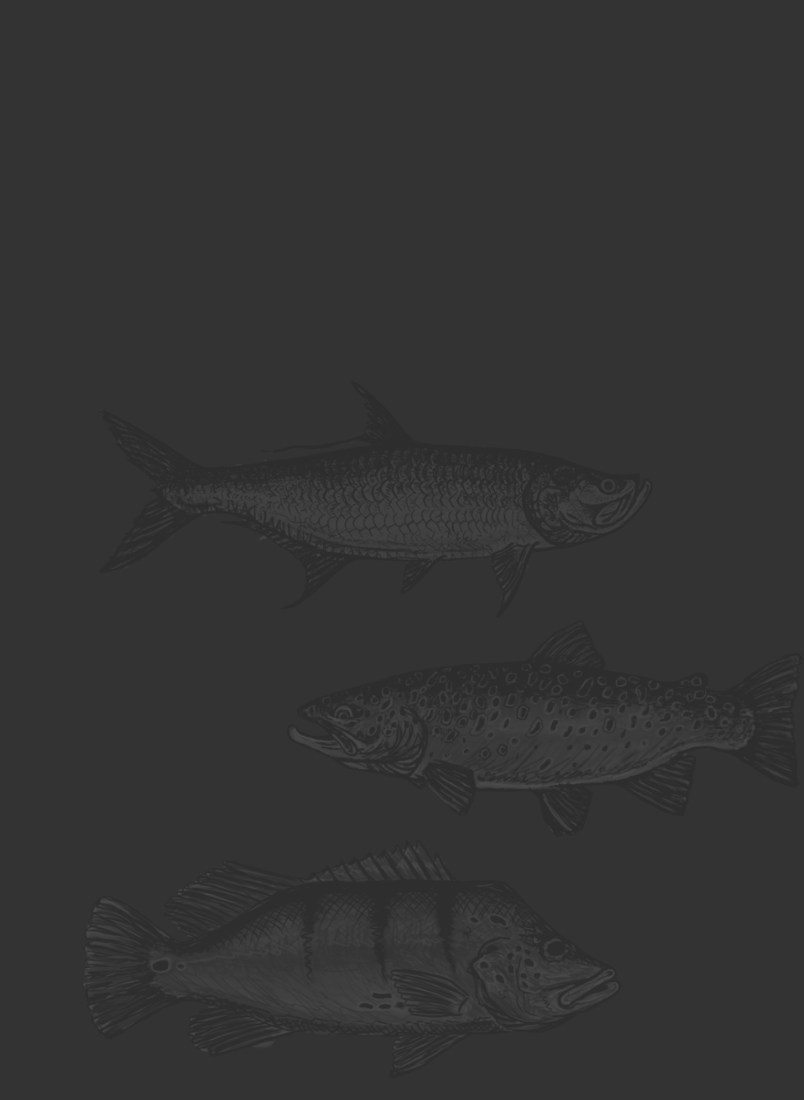When anglers think about fly fishing in Montana, more than likely at some point, the salmon fly hatch will be brought up. The notoriety of Montana’s salmon fly hatch has grown to mythic proportions – and for a good reason; it can be absolutely incredible.
Every angler should experience it at least once before they’re too old and have to hang up the gear. However, and not to downplay the spectacular salmon fly, Montana’s rivers host a handful of other phenomenal hatches.
1. Mother’s Day Caddis Fly Hatch

During the early spring months, caddis start to pop off in the warmer afternoons. This is an exciting time to be fishing in Montana as trout’s metabolism start to rise with the warmer water temperatures, and the fish are eager to take insects off the surface. And unlike the busy summer months when navigating other anglers is a necessity, the early spring months tend to be less busy.
The Madison and Yellowstone rivers offer some phenomenal spring fishing, but keep in mind that once the spring runoff begins, trout will be less inclined to take food off the surface because of the fast-moving and dirty water. The time frame is roughly from mid-April through May. But then again, it’s all up to mother nature, so be sure to give or take a few weeks on either side of that window.
As far as caddis patterns go – some of the favorites are the Elk Hair, Tan X-Caddis, or Goddard Caddis. For emergers, use patterns such as the Iris Caddis, LaFontaine's Sparkle Pupa, and Harrop's Bubble Back Caddis. Whether you’re a beginner or expert, fly fishing the Mother’s Day Caddis Fly hatch is one of those special events on the river that everyone should experience.
2. Hoppers

A lot of anglers will say that casting big hopper patterns to rising trout is easily their favorite, and those anglers have good reason to utter such profound generalities – because it’s absolutely true!
Rivers like the Yellowstone, Missouri, Bighorn, Big Hole, and Madison can be great for hoppers starting in mid to late July and usually ending in the middle of August. Keep in mind that it’s still weather dependent, so the time frame could shift a couple of weeks on either side. Throw hoppers near the banks and watch as greedy cutthroats slam your fly.
Dave Whitlock and Doug McKnight both tie some deadly hoppers. Dave’s Hopper and McKnight's Sweetgrass Hopper should be in every western trout fisher’s arsenal.
Hopper fishing on the western rivers is something of a legend. You have to see it to believe it.
3. Spruce Moth
The Spruce Moth is one of the lesser-known hatches, even for native Montana anglers. Although the Spruce Moth is a destructive species affecting native ferns, spruce, and fir forests, the big insect can make for some spectacular fishing in the mid-summer months when most insects have already hatched. When the moths fall from the trees and into the water, they attempt to escape by flapping their big water-laden wings. They create quite the stir on the surface, and for the hungry trout, just the signal they need that its mealtime. For the angler, this means the perfect presentation is anything but expected.
July and August seem to be the best time to cast some big Spruce Moth patterns. Rivers such as the Bitterroot, Blackfoot, Madison, Boulder, Big Hole, Gallatin, and Yellowstone will all have trout feeding on moths during the summer months.
Anglers can also find success on various stillwater fisheries using Spruce Moth flies, such as Quake Lake just outside of West Yellowstone.
Elk hair caddis patterns most closely resemble the spruce moth and will work great. Put a little action on the fly, and don’t be surprised if you hook into a giant.
4. Western Green Drake

There are few insects as delicately beautiful yet clumsy as green drakes. The first green drakes begin to hatch near the end of June and then get into the full swing by July, and lingering into August and early September, the green drake mayfly hatches will be seen.
Mid-morning usually starts the transformation from a water-dwelling crawler nymph to a fly. After a swim to the surface, a dun sits and dries its newly emerged wings. During this time, hungry trout will prey upon helpless adolescents. The drake will then lay its eggs in the riverside vegetation and, after falling spent into the water, concludes the mayfly’s short but eventful life. During the evening, trout can be found gorging on spinner fall.
Green Drake hatches can be found on the Big Hole River, Rock Creek, and Clark Fork during the hatch's time frame.
Anglers should have a wide array of flies imitating every part of the drake’s lifecycle, including nymphs and emergers to duns and spinners.
5. Yellow Sally Stonefly

Overshadowed by its cousins, the Salmon fly, and Golden Stone, the Yellow Sally doesn’t make a lot of anglers' lists as a must-fish hatch. But casting to trout with a Yellow Sally includes all the action and entertainment that would convert any diehard salmon fly angler.
The Yellow Sally stonefly can be found on the Yellowstone, Gallatin, and Madison rivers, usually starting in the middle of July and through the middle of August.
Lawson’s Henry’s Yellow Sally is a fly everyone should have at least a few on hand at all times - if anyone knows about casting to selective fish, it's Mr. Lawson, and his Yellow Sally pattern is one of the best around.
6. Pale Morning Duns

Another insect that often gets overlooked for its larger counterparts is the Pale Morning Dun. The small mayflies usually start hatching in the middle of June and are found on Montana waters through July. Wait until about mid-morning when the days start to warm up and watch as the gobs of insects start rising from the water.
PMD hatches on the Missouri are famous, but what's maybe even more incredible are Montana's fly fishing hatches on the spring creeks. If ever presented with the chance to fish one of Montana’s spring creeks - take it! Casting PMD patterns to stealthy trout is an experience unlike any other.
Again, fly fishers should carry an assortment of all the stages of the PMD lifecycle – nymphs, emergers, duns, cripples, and spinners.
Experience the PMD hatch – we promise you won’t be disappointed.
+ Listen to this WAYPOINTS Podcast: JAKE WELLS - Planning the Perfect Trip to Montana
Related Articles:
- Montana Fly Fishing Hatches Made Simple
- Montana Fly Fishing Trips on Freestones vs. Tailwaters
- Top Seasons for Fly Fishing in Montana
- Top 11 Montana Fly Fishing Float Trips
- The Top 12 Blue Winged Olive Flies
- How to Plan Your Next Fly Fishing Trip to Montana
- Dry Fly Fishing: What, When, and Where
- The Top 8 Hopper Flies





























